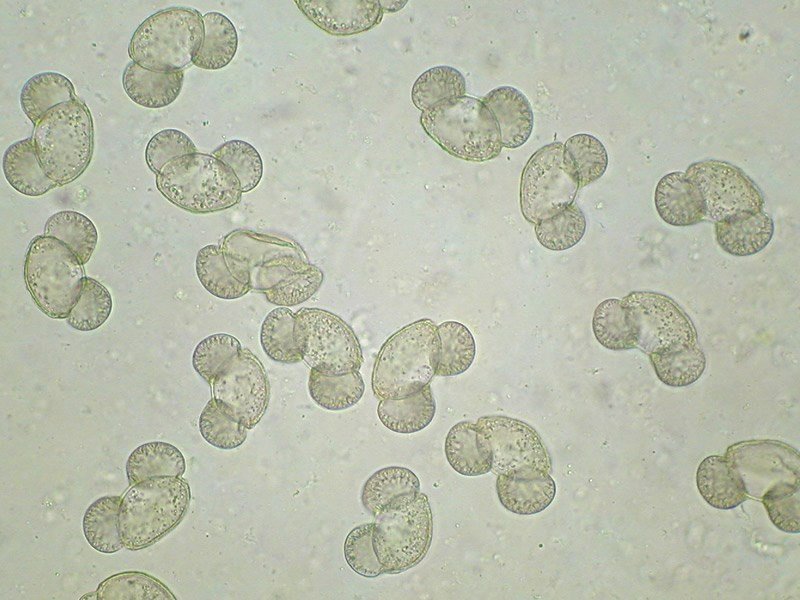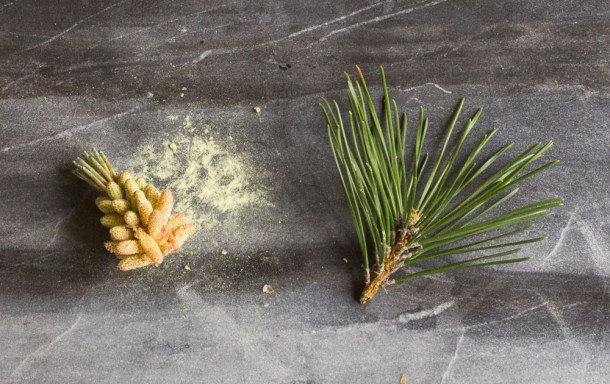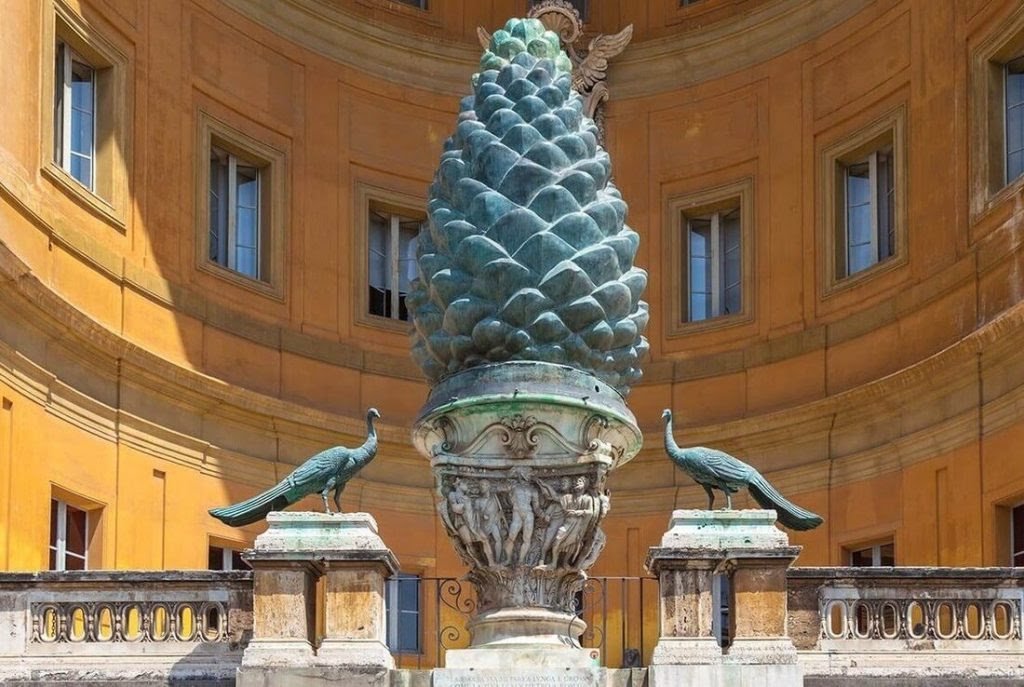That’s the Power of Pine Pollen Baby
Now I know y’all remember the Pine Sol Lady ?!
If you still can’t look at a bottle of Pine-Sol #TillThisDay without hearing the voice of our sister exclaiming
“That’s the Power of Pine-Sol Baby!”
Then continue reading to learn more about the benefit of consuming Pine Pollen, not Pine-Sol
Although Pine Pollen has become attractive over the recent years, most people have not heard of pine pollen being consumed for health and wellness reasons. We quantify Pine Pollen as a Superfood and for that reason, it is a constituent ingredient within our
Cup A’Nu and Nu Built supplement products designed for Pro Active and Restorative healthcare purposes.
So, what is Pine Pollen?
Pine Pollen comes from Pine trees. Pine trees are those evergreen, coniferous resinous trees mostly from the northern hemisphere.
(Unless you are really interested, skip to the next photo section to learn of the benefits, 🤷🏾♀️Just sayin.)
They are grown for their wood and also for ornamental purposes in gardens. Pine trees can live for as long as 100 to 1000 years. Most pine species have male and female cones on the same tree. The small male cones appear in spring and fall after shedding the pine pollen.
The male pine cone has a structure that has microsporangia. Each pollen grain has a four-celled structure that can easily be dispersed by the wind till it comes in contact with a female cone for pollination. The female cones take 1.5 to 3 years to mature. You will find each cone has a lot of spirally arranged scales. Each fertile scale of the pine cone has two seeds. The seeds are small and they are dispersed by wind or by birds.
Pollen is associated with the male reproductive microspores of seed-producing plants. Pine pollen is also called pinus pollen. The pollen fertilizes the female reproductive organs of the pine plant. Thus, it sets in motion the beginning of a new pine tree. Pine pollen is the brownish powder obtained from the male flowers of any of the over 100 varieties of pine trees across the world. Pines flower from late spring until early summer.
The pollen is sun-dried, inspected for impurities, separated from other unwanted flower parts, and made ready for commercial distribution. Pine pollen is generally collected from a small number of pine tree varieties.
Pine pollen contains many natural nutrients. It contains water, proteins, amino acids, lipids, carbohydrates, sugars, flavonoids, and traces of vitamins and sterols. It is useful in cosmetics, pharmaceuticals, and medicinal products. It is used for making skincare products, like hand and face lotions and creams.
Furthermore, it’s frequently used in traditional Chinese medicine to treat coughing blood, nosebleed, bloody diarrhea, diaper rash, dysmenorrhea, painful urination, rheumatism, constipation, eczema, and mouth sores. Pine pollen is also used for its diuretic properties.
Pine pollen allegedly has many properties which directly affect health and wellness. Among many some of the benefits claimed are:
Promotion of longevity as it has anti-aging compounds.
Dramatic improvement in vitality and stamina.
Raising of low testosterone in men.
Aphrodisiac for men and women
Increasing male fertility by raising sperm count.
Combating and reversing the effects of andropause.
Balancing hormonal levels in Men & Wombmen, via estrogen to testosterone ratios.
Improving dysfunctional behaviors associated with imbalanced hormones.
Prevention of prostate disease.
Promotion of liver cell activity aiding in liver detoxification and rehabilitation.
Regulation of metabolism.
Increasing energy unlike any other traditional food or supplement can.
Improvement in muscle tone.
Elimination of sexual dysfunction due to low androgen levels.
Aid in weight management and promotion of weight loss.
Improvement in overall health, greatly promoting the immune function.
Easier and quicker time getting back into shape.
Increasing attention span and brain function;
Improvement in skin elasticity.
Clearing of acne.
Dissolution of age spots on the skin.
A PARTIAL LIST OF PINE POLLEN'S OTHER BIOACTIVE NUTRIENTS, ANTIOXIDANTS, AND ANTI-INFLAMMATORY MOLECULES INCLUDES:
15% amino acids, various polyphenols (including 2% flavonoids), 1-2% lipids-sterols (including liver detoxifying agents like glutathione, MSM, SOD, myoinositol, phosphatidylcholine, phosphatidylethanolamine, phosphatidylglycerol, phosphatidylserine, lignin, and various polysaccharides (complex sugars)—two of which are vital to immune health); arabinogalactan, and xylogalacturonan.
It also has vitamin D2/D3, magnesium, selenium, silicon, potassium, calcium, iron, strontium, phosphorus, sulphur, chlorine, manganese, and various other vitamins, minerals, and essential amino acids such as L-dopa and Arginine that help with blood flow and the nitric-oxide cycle.
Much of the excitement regarding the benefits of pine pollen exist because of phytoandrogens. Pine pollen contains natural phytoandrogens; a functional source of plant based molecules that offer a naturally occurring hormonal influence compared to your synthetic or prescription hormones.
Pollen from the pine trees is a wild, raw, nutrient-rich food that boasts a potent concentrationof plant hormones that are identical plant molecules that mimic male hormones. These plant growth factors are called ‘brassinosteroids’ and include androgens like testosterone and androstenedione. Like phytoestrogens, these phytoandrogens play equally if not more important roles in both aging men and women.
Brassinosteroids are found throughout the plant kingdom: in new growths, germinating seeds, and young vegetative tissues. Superfoods like wheat-grass juice, germinated broccoli seed, and certain sprouts have these nourishing plant hormones.
Brassinosteroids were first discovered in pollen from Brassica napus, hence the name. But the highest concentration of these plant molecules are found in plant pollen, and in particular, pine pollen. It seems that we share some of our genes with the pine trees; genes that code for the making of bio-identical humans genes androgens like testosterone and DHEA.
Pine pollen is nature’s highest source of a hormone called DHEA (dehydroepiandrosterone), which is commonly used for upliftment, happiness, outlook, mood and is a strong stimulator of neurogenesis, which is the creation of new neurons in the brain..
Additionally, DHEA is often referred to as the master hormone because it is through DHEA that all other hormones branch off. It begins as a neutral hormone and then can be converted to both male and females hormones, making it the king and queen of hormones.
This also helps give DHEA the benefits of supporting increased mental and physical energy levels, muscle strength, immune system support and a healthy, youthful metabolism.
Besides the phytoandrogens, pine pollen has five other potent plant hormone compounds - all with physiological functions in human cells. These are:
Auxins
Cytokinins
Gibberellins
Ethylene
Abscisic acid
All of these have high biological activity, such as; antiviral, anti-cancer, anabolic, pro-survival, stem cell/immune response activation, and anti-aging effects.
PINE POLLEN HEALTH BENEFITS COME FROM A HUGE NUMBER OF BIOACTIVE MOLECULES NEEDED FOR GERMINATION
The Mickey-mouse shaped pollen grain is a single living plant cell (it is shaped that way to capture air, the ‘ears’ act as air pockets). The complex sugars (polysaccharides) and antioxidants protect the pollen’s DNA against radiation and environmental damage while floating through the air.
Once the grains land on pine seed, it must stay attached to the seed with its germination filament. Then a second burst, the following year, leads to the transfer of its DNA. An abundance of amino acids allows for rapid growth. This is why pine pollen contains so many healthful amino-acids, vitamins, and minerals needed by the body for anabolic growth. It can also activate nitric oxide and enhance blood flow throughout the body.
Pine Pollen as a Source of Plant-Based Vitamin D, specifically Vitamin D2
There are a number of reasons why Vitamin D is essential to our well-being. We shall save that for another GHETTO. For now, we will acknowledge that Vitamin D regulates over 1,000 physiological functions in the body, all centered around immunological functional and cellular signal transduction, which is a fancy way of describing the cells’ ability to communicate with one another. Remember cells make up tissues that make your organs that are comprised within the various body system,s.
The thing about Vitamin D is that there are 2 forms. Vitamin D2 and Vitamin D3. Vitamin D3 is derived from an animal. Vitamin D2 is derived from a plant. There are 2 plants that are naturally high in Vitamin D2, Lichen and Pine Pollen. (Additionally, Vitamin D2 can also be sourced from seaweeds, like Dulse, Nori, and Wakame.) The most notable difference between these two sources is the simple fact that Lichen is a fungus that grows on the side of trees. Despite this growing yet misleading normality to consume various types of Fungi, ielike mushrooms, Fungus is a pathogen. Pathogens cause biological diseases, which is why we advocate Pine Pollen Vitamin D2 over Lichen-based D2.
The Spiritual Significance of the Pine Cone and Pine Pollen
Pine Cone Sculpture located in the Vatican of Vatican CIty
The pineal gland has long been espoused as the “seat of the soul” and helps produce endogenous melatonin as well as dimethyltryptamine (DMT).
Many spiritual traditions have referred to the pineal gland as a pine cone-shaped object located directly in the middle of the brain and have honored this organ for its ability to stimulate the secretion of multiple sacred substances, some of which mainstream science has yet to fully acknowledge.
So Jacob called the name of the place Peniel, saying “For I have seen God face to face, and yet my life has been delivered. “ Genesis 32:30 NKJV
PINE POLLEN RESEARCH
HUMAN TRIALS, ANIMAL MODEL, CELL BIOLOGY, AND BIOCHEMISTRY, RESEARCH WITH PINE POLLEN'S PHYTOANDROGENS AND HORMONES:
Clinical study of chrome-rich pine pollen in the treatment of type 2 diabetes, (Fang Zhaohui, see Translation 2019)
Analysis of pharmacological effects and clinical application of pine pollen. (Sheng wise et al, 2018)
Effects of Pine Pollen Extract in Relieving Hot Flushes in Sex Hormone-Deficienct Rats. (Thisayakorn, 2017)
Androgenic and Anabolic Effects of Pinus tabulaeformis Carr Pollen in Clarias gariepinus. (Ausussto S Jr, 2017)
Plant Hormone Cytokinins for Modulating Human Aging and Age-Related Diseases. (Jiří Voller, 2017)
The Plant Hormone Abscisic Acid is a Prosurvival Factor in Human and Murine Megakaryocytes. (Malara A, 2017)
Immune-Enhancing Effects of Taishan Pinus massoniana Pollen Polysaccharides on DNA Vaccine Expressing Bordetella avium ompA (Fujie Zhu, 2016)
Effect of pine pollen extract on experimental chronic arthritis; (Axenov-Gribanov DV, 2016)
Analysis of human food safety and laxative function of pine pollen Wen Ping Jing, 2016)
The protective effects of Masson pine pollen aqueous extract on CCl4-induced oxidative damage of human hepatic cells. Jin X, 2015)
Characterization and Biological Activity of Taishan Pinus massoniana Pollen Polysaccharide In Vitro (Shifa Yang, 2015)
Actinobacteria possessing antimicrobial and antioxidant activities isolated from the pollen of scots pine; (Gen-Xiang Mao, 2012)
Antiaging Effect of Pine Pollen in Human Diploid Fibroblasts and in a Mouse Model Induced by D-Galactose (Gen-Xiang Mao, 2012)
Pine pollen inhibits cell apoptosis-related protein expression in the cerebral cortex of mice with arsenic poisoning, Yanhong Luo, 2012)
Mechanisms of natural brassinosteroid-induced apoptosis of prostate cancer cells. Steigerová J, Food Chem Toxicol. 2012)
Brassinosteroids inhibit in vitro angiogenesis in human endothelial cells (LucieRárová, 2012)
Brassinosteroids and analogs as neuroprotectors: Synthesis and structure–activity relationships Author (JihaneIsmaili, 2012)
Rapid effects of novel phytoandrogen adjuvant therapy (PAT) onmetabolic health: a gender, age and BMI matched case-control study (Ong YC, 2011)
Anabolic effect of plant brassinosteroids. (Debora Esposito, 2011)
Oxidative activation of indole-3-acetic acids to cytotoxic species— a potential new role for plant auxins in cancer therapy. (Lisa K.Folkes, 2011)
Brassinosteroids cause cell cycle arrest and apoptosis of human breast cancer cells. (Steigerová, 2010)
Anti-fatigue Effects of Flavone in Pinus Massoniana Pollen on Mice (WU Jing-jing,2010)
Antioxidant and antiinflammatory activity of pine pollen extract in vitro. (Lee KH. (2009)
Model Induced by D-Galactose Pine pollen polly-sacchrided on reactive oxygen species,(Lee KH1,2009)
The phytohormone auxin induces G1 cell-cycle arrest of human tumor cells. (Ester K, 2009)
Allergenicity and cross-reactivity of pine pollen. (Gastaminza G, et al. ,2009)
Anticancer and antiproliferative activity of natural brassinosteroids (JanaMalíková, 2008)
Abscisic acid is an endogenous stimulator of release from human pancreatic islets with cyclic ADP ribose as second messenger. Bruzzone S, 2008)
Antinociceptive and anti-inflammatory activities of pine (Pinus densiflora) pollen extract. ( Wang YM, 2007)
Effects of pine pollen polysaccharide and its sulfate on the production of ROS in cardiomyocytes (Geng Yue, 2007)
Effective Components and Pharmacological Function of Pine Pollen (He Xiaoyan, 2007)
Chen Wei; Study on Extraction and Determination of Choline in Pine Pollen ( Li Ying ;2006)
Pine pollen hits cell defense Yan Zhenli, 2006)
Analysis of pine pollen by using FTIR, SEM and energy-dispersive X-ray analysis. (Guang Pu, 2005)
Interventional effects of pine pollen in rats with hyperplasia of prostate, (T. Cong, 2005)
Analysis of pharmacological effects and clinical application of pine pollen in combination with other Chinese patent formulas in clinical trials. (In benign prostatic hyperplasia: Wang Fuchang, 2004, and in primary hypertension, Hu Guocan et al 2005)
The mechanism and clinical application of pine pollen. (Zhao Lixin, 2004)
Transition from a botanical to a molecular classification in tree pollen allergy: implications for diagnosis and therapy. (Mothes N, .2004)
Roux KH, Teuber SS, Sathe SK. Tree nut allergens. Int Arch Allergy Immunol. (2003)
Multiple pollen sensitization: a molecular approach to the diagnosis. (Mari A, 2001)
Biphasic effect of nitric oxide on male hormones and cyclic GMP production by purified rat Leydig cells cultured in vitro (Sandra Valenti, 2001)
Pine pollen allergy in northern Arizona. (Freeman GL. 1993)
Antiviral effect of brassinosteroids against herpes virus and arenaviruses. (Wachsman MB, 2000)
Vitamin D and its metabolites in the pollen of pine. Part 5: Steroid hormones in the pollen of pine species. Pharmazie. (Saden-Krehula M, Tajíć M.1987)
Vitamin D and its metabolites in the pollen of pine. Part 5: Steroid hormones in the pollen of pine species. (Saden-Krehula M, 1987)
Test. and androgens in hormone in royal jelly. (J. Vittek, 1986)
Bio-identical phytoandrogens in the pollen of Scotch pine P. silvestris L. (Li J, Zhang Z, 1971 )
More on Pine Pollen Research







